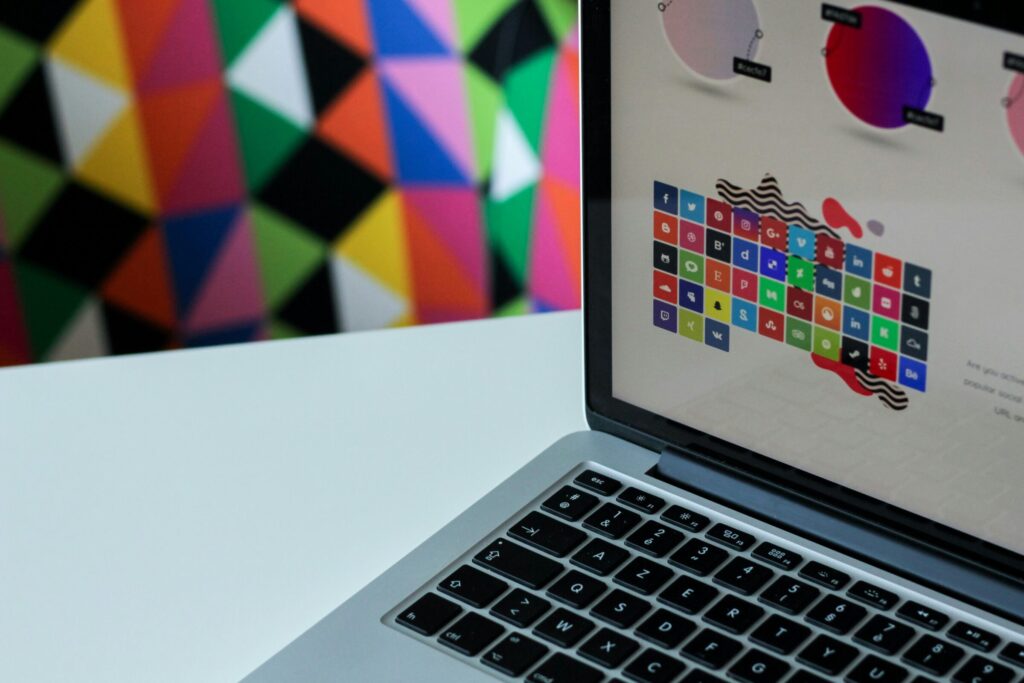As Sydney becomes more multicultural and diverse, graphic designers play a crucial role in creating inclusive designs that resonate with people from all walks of life. With a melting pot of cultures, languages, and perspectives, it’s essential for designers to embrace diversity in their work. Let’s explore how Australian graphic designers can ensure their designs are inclusive and accessible to everyone.
Research and Understanding
Before diving into a design project, it’s vital to conduct thorough research to understand the target audience’s demographics, cultural backgrounds, and preferences. This includes considering factors such as age, gender, ethnicity, and socio-economic status. By gaining insights into the diverse needs and preferences of the client’s audience, designers can create designs that resonate with everyone.
Cultural Sensitivity
Cultural sensitivity is key to designing inclusive graphics. It’s important to avoid stereotypes and clichés that may offend or misrepresent certain cultural groups. Instead, designers should strive to incorporate elements that celebrate diversity and promote cultural understanding. This can include using inclusive imagery, diverse models, and culturally relevant symbols in their designs.
Language and Accessibility
Language plays a significant role in inclusive design. Designers should consider using plain language and avoiding jargon or complex terminology that may be unfamiliar to certain audiences. Additionally, providing multilingual options can enhance accessibility for non-English speakers. Moreover, designers should ensure that their designs are accessible to people with disabilities by following accessibility guidelines for web and print materials. This includes colour-contrast checks and image tagging which allows text to be read aloud to vision impaired audiences.


Representation Matters
Representation matters in graphic design. By featuring diverse characters, voices, and experiences in their designs, designers can create a sense of inclusivity and belonging for all audiences. This includes representing people of different races, genders, sexual orientations, abilities, and body types. Designers should strive to create designs that reflect the rich tapestry of human diversity.
Feedback and Iteration
Seeking feedback from diverse perspectives is essential in the design process. By gathering input from people with different backgrounds and experiences, designers can identify blind spots and make adjustments to ensure their designs are inclusive. Iterating on designs based on feedback helps designers create more impactful and inclusive solutions.
In conclusion, designing for diversity requires a thoughtful and intentional approach. By conducting research, being culturally sensitive, considering language and accessibility, prioritising representation, and seeking feedback, Sydney-based graphic designers can create designs that resonate with everyone. Embracing diversity not only enriches the design process but also fosters inclusivity and belonging in our increasingly diverse society. As designers, let’s celebrate diversity and create designs that reflect the beauty of our multicultural world.
Need an inclusive publication that adheres to WCAG accessibility requirements? Ask Fresco Creative.
